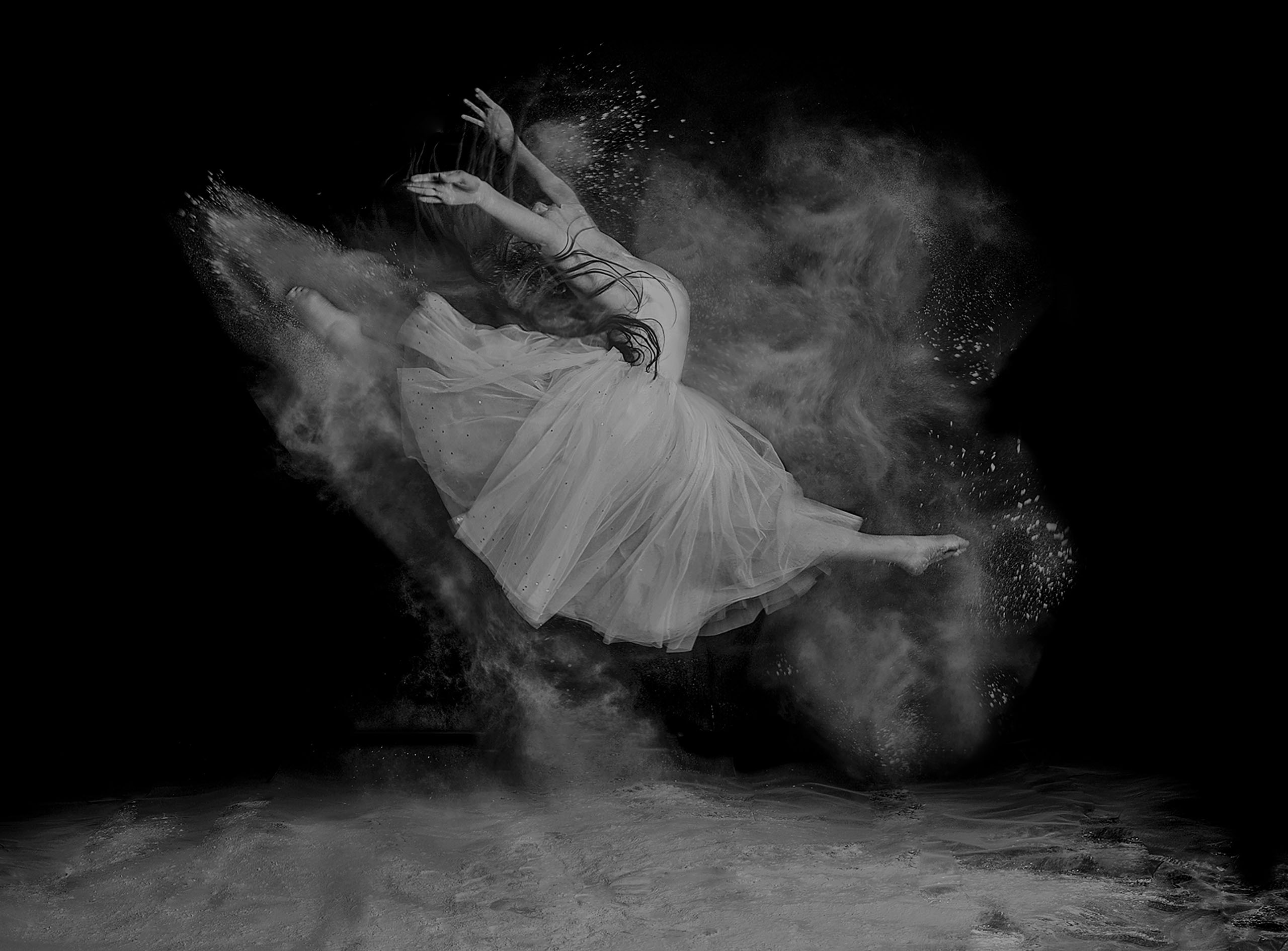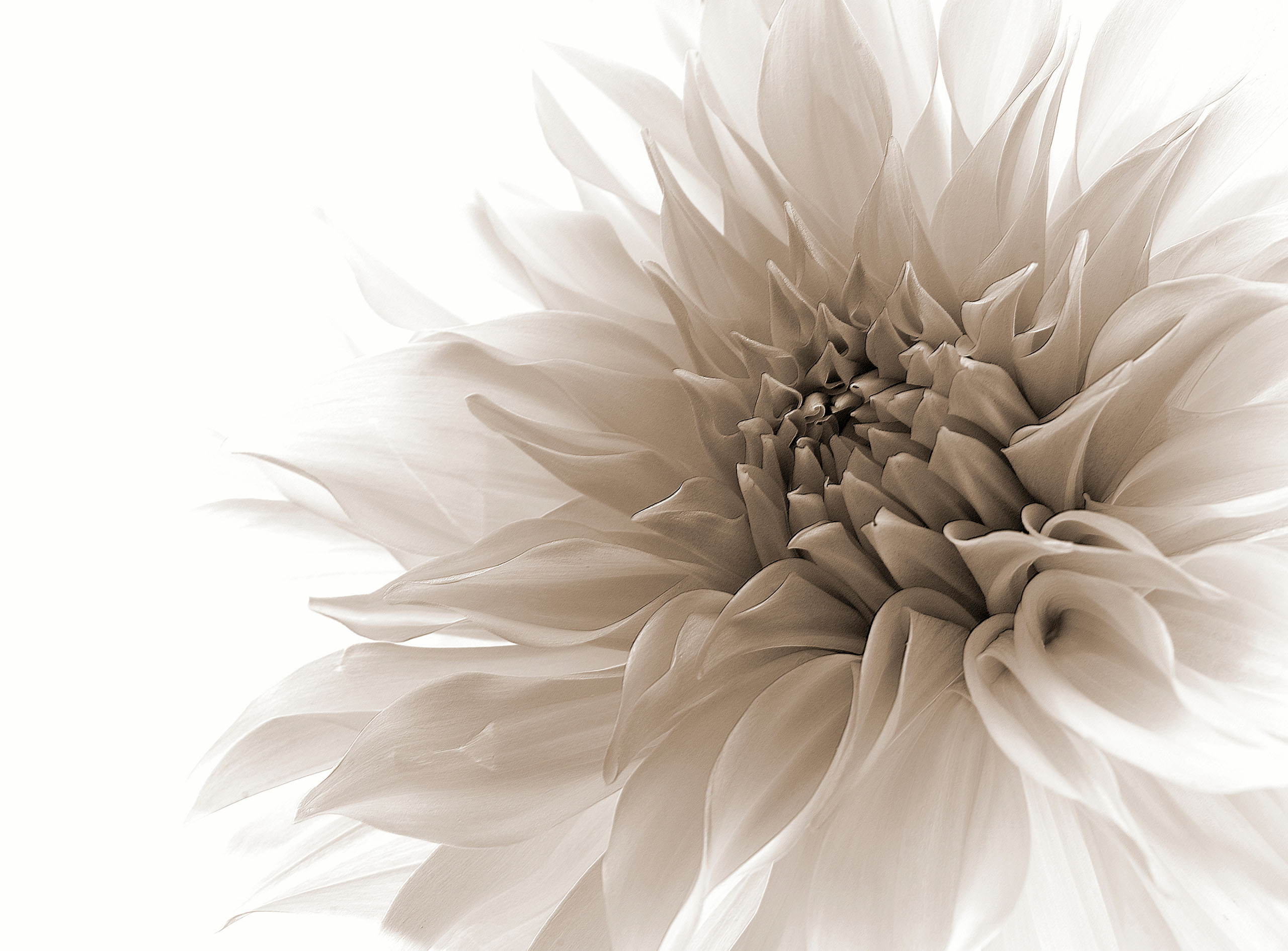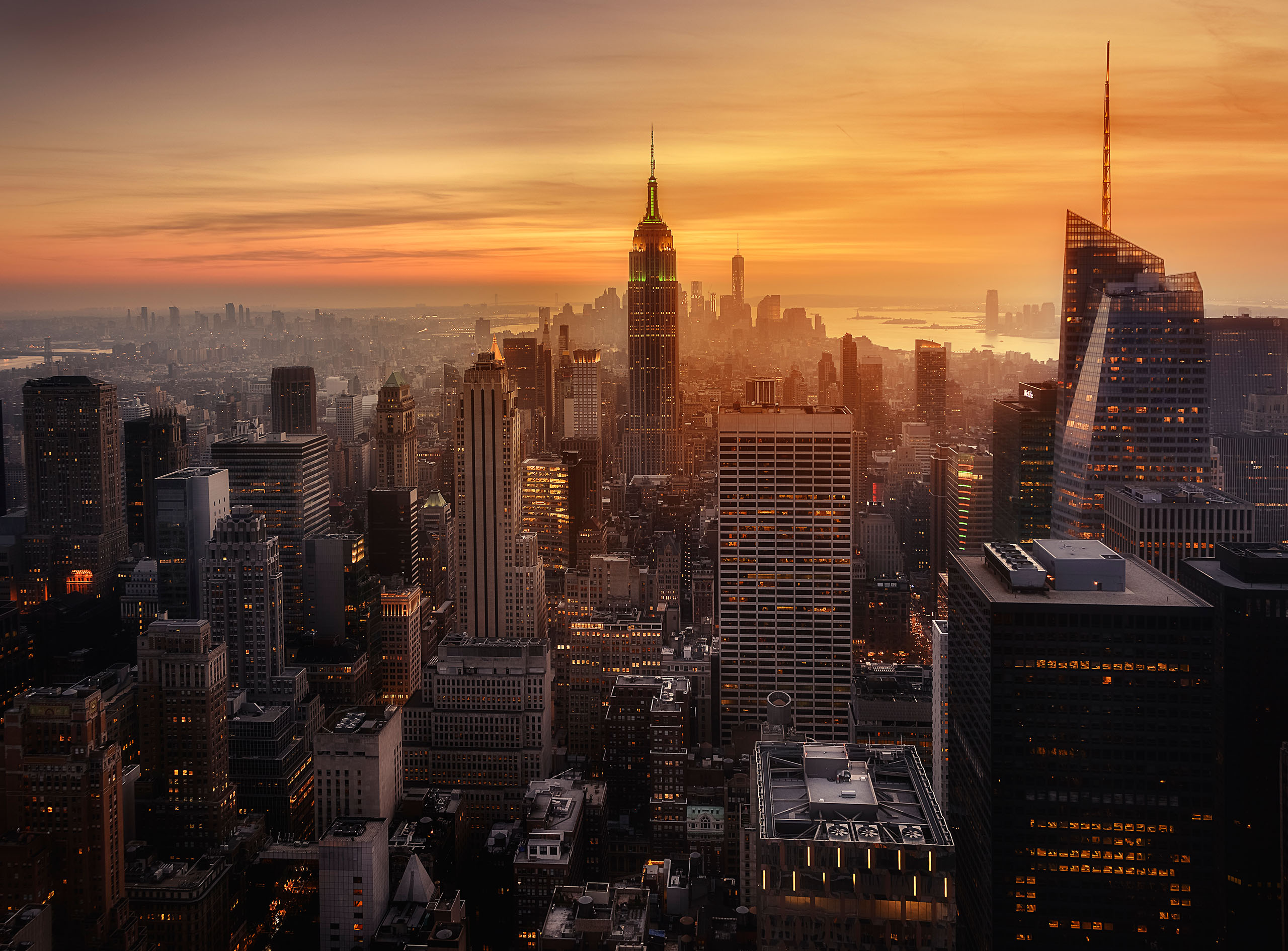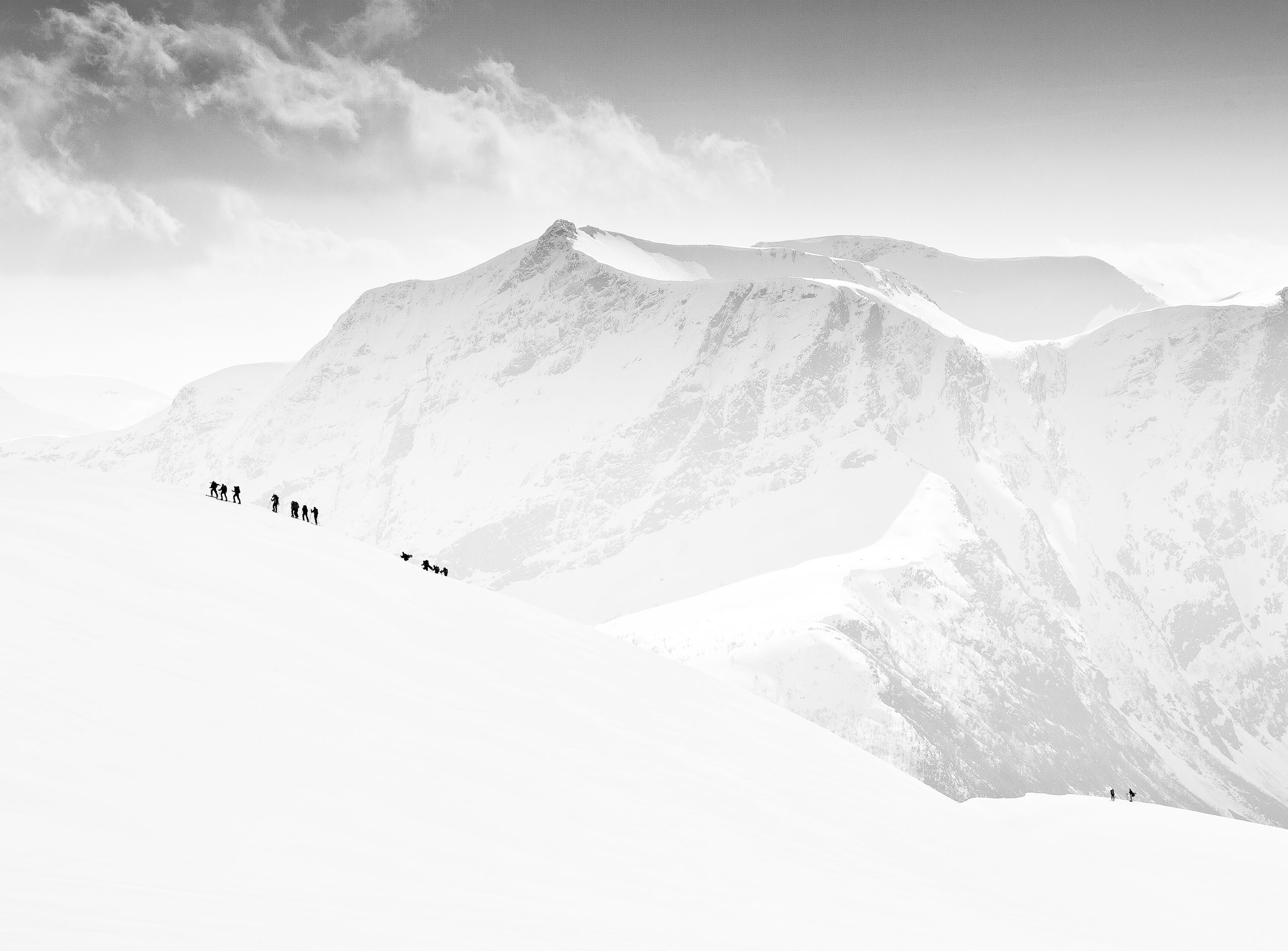SEARCH






|
|
|
|


By Editor Miro Susta
Edited and published by Yvette Depaepe, the 23rd of May 2025
Although the terms “Shallow Depth of Field” and “Soft Focus” are closely related in photography, they have different meanings and applications.
'Beauty giving you 'goose' bumps' by Yvette Depaepe
In this article, I took the liberty of referring to shallow depth of field as 'blurring' and soft focus as 'softening'.
untitled by David Minster
Blurring is a form of intentional image processing that aims to achieve a soft-focus effect, whereas softening is an artistic technique used to create a special soft image.
'Window side' by Takashi Tadano
Blurring is a powerful technique suitable for striking portraits and almost any other photographic genre. It is also very popular in macro photography, still life photography, wildlife photography and many kinds of travel photography.
untitled by Doron Braunstein
'Dandelion' by Margareth Perfoncio
'The blue forest ….........' by Piet Haaksma
Photographing with a shallow depth of field is a simplification technique in which unnecessary details are blurred or removed, and the focal plane is limited to the essentials.
'Warm up' by Rana Jabeen
However, many photographers find it difficult to get started with shallow depth of field photography. One issue is that people don't usually experiment with fast enough lenses.
'In the woods' by Shenshen Dou
If you are using a camera with a 'kit lens', it is likely that the maximum aperture will be f/4.5 or smaller. This will not produce a shallow depth of field, but will only result in a soft foreground. Not much can be achieved with such a lens. In general, lenses with an aperture of f/2.8 or faster should be used, but f/2.8 only provides the expected creative effect in certain situations.
Therefore, it is necessary to invest a little more and use faster, high-quality prime lenses.
'The bursting spores of Cookeina Tricholoma mushroom' by Sharita Miranda
The 50 mm prime lens is a good starting point for shallow depth of field photography and is ideal for street, still life and portrait photography.
'Red Leaves' by Leif Løndal
Using long lenses (85–100 mm) can flatten a scene and compress the distances between elements, making it more difficult to include context in the frame.
'Sentiment' by Patryk Morzonek
Taking the camera out into the streets with an 85 mm or longer lens will produce similar shots as there is not much room for movement, space or composition. Images would be tightly framed, showing mostly people's heads and little else.
untitled by Vagueandoporlisboa
Using a 50 mm lens, you can get much closer to your subject and vary the amount of context you include, while still achieving a strong shallow depth of field that makes the subject stand out from its surroundings.
'Help Punk to get drunk' by Joško Šimic
However, it is not only 50 mm or longer prime lenses that are best suited to photography with a shallow depth of field. One of the most important lenses for this type of photography is the 24 mm lens. While not ultra-wide, 24 mm is a generous focal length for a wide-angle lens, and an aperture of f/1.4 or even f/1.2 is powerful for achieving a shallow depth of field.
'Fisherman's Wharf at Sunset' by chen wei
The further away the subject of a photograph is, the less effect a large aperture has. Compositions with a close subject appear more dramatic due to the relative distance, although the effective depth of field is much shallower.
'Boys and cow' by Svetlin Yosifov
David Hamilton became famous in the 1970s and 1980s for his soft-focus photographs. Other photographers often imitated this softening effect, and it eventually became overused. Even today, photos with soft focus are not necessarily considered superior when the soft-focus effect is applied.
'Royal Tea. Pearls' by Dasha_and_Mari
Major features of soft-focus technique: -
· Creates a dreamy aesthetic.
· Hides imperfections.
· Makes skin look smooth.
· Gives the image a nostalgic feel.
'Potatoes' by Bill Gekas
Photographing with soft focus is an art form that involves simplifying an image by removing unnecessary details and limiting the plane of focus to the essentials.
'Family flamingos' by Natalia
There are many ways to achieve soft focus in images, the most common methods are listed below:
· Soft focus lens, expensive but gives the best results.
· Soft focus filters which scatter light to create the effect of soft focus
· UV filter smeared with a minimal amount of Vaseline.
· Post processing does not give a perfect soft focus but still gives an acceptable result.
'Time to seed … ' by Yvette Depaepe
In conclusion it can be said that: -
· Soft focus is a technique used in photography to reduce the contrast of delicate details in a picture.
· Soft focus is a blur caused by spherical aberration or, in other words, light scattering. This means getting a blurred image without losing sharpness.
· Soft focus softens the contrasts. Depending on the effect and technique, an image may appear softer, foggier, or duller.
· Originally, soft focus effects may have been considered a lens fault or a technical defect in the lens.
· Although the soft focus can be edited in post-processing, the result of a shot with a soft-focus lens cannot be achieved.
Following just a few more wonderful images from our members on this subject.
'Pulsatilla vulgaris' by Piet Haaksma
'Autumn Colors' by Gustav Davidsson
'in the park' by Teruhiko Tsuchida
'Airport winter works' by Miro Susta
'LostGirl' by Marcel Egger
'Cycle of Life' by Delphine Devos
'Calamity's daughter' by Cath Schneider
'Red' by Sebastien Blomme
'the cellist' by Roswitha Schleicher-Schwarz
'Haller fantasy' by Wil Mijer
www.mrsphoto.net
[email protected]
 | Write |
 | Anita Singh PRO Beautiful frames, each photograph is a masterpiece in itself. Thanks Miro for the wonderful article. Congratulations to everyone whose work is showcased
|
 | Miro Susta CREW Thank you very much for your lovely comment dear Anita. |
 | Jorge Ribeiro Lume PRO Congratulations and thank you for your wonderful exposition |
 | Miro Susta CREW You're most welcome Jorge, many thanks for your praise. |
 | Giampiero Maffulli Great work |
 | Miro Susta CREW Many thanks Gianpiero |
 | Rana Jabeen PRO Beautiful photos to explain the interesting topic, superb article dear Miro...happyto see one of my photos included...
.thank you for sharing with us Yvette :) |
 | Miro Susta CREW Thank you very much for your wonderful words of encouragement dear Rana |
 | Jolanda Pikkaart PRO Great article
|
 | Miro Susta CREW Thank you very much dear Jolanda, please excuse me for late response. |
 | Subhajit Das PRO Great images. Informative article, Very inspiring. Congratulations! |
 | Miro Susta CREW Thank you very much dear Subhajit I'm glad to see that you like it |
 | Cicek Kiral CREW A really informative article that will be very helpful for lots of photographers. Thanks a lot dear Miro and Yvette... |
 | Miro Susta CREW Dear Cicek many thanks for your nice words of praise, we are happy to see that you like it |
 | Eiji Yamamoto PRO Thank you so much for a wonderful and beneficial article with great photos! Very inspiring! |
 | Miro Susta CREW Dear Eiji I appreciate your lovely words of encouragement very much, nice to see that you like it |
 | Molly Fu PRO Beautiful collections, thanks for the detailed knowledge in the article, very helpful. |
 | Miro Susta CREW Many thanks for your nice words of praise dear Molly |
 | Shenshen Dou PRO Interesting article and guidacing points for improving skills, and with the beautifully selected images! Thanks Yvette and Miro! |
 | Miro Susta CREW Thank you very much for your nice words of encouragement Shenshen |
 | Carlos Hernandez Martinez PRO Tremendo trabajo, enhorabuena! |
 | Miro Susta CREW Muchas gracias Carlos |
 | Pang Teng Lin PRO Beautiful work. Congratulations |
 | Miro Susta CREW Many thanks Pang Teng |
 | Bole Kuljic PRO Beautiful lesson and explanation, write up and choice of photographs. Thank you very much. |
 | Miro Susta CREW You are most welcome Bole, thank you very much for your positive comment to our article |